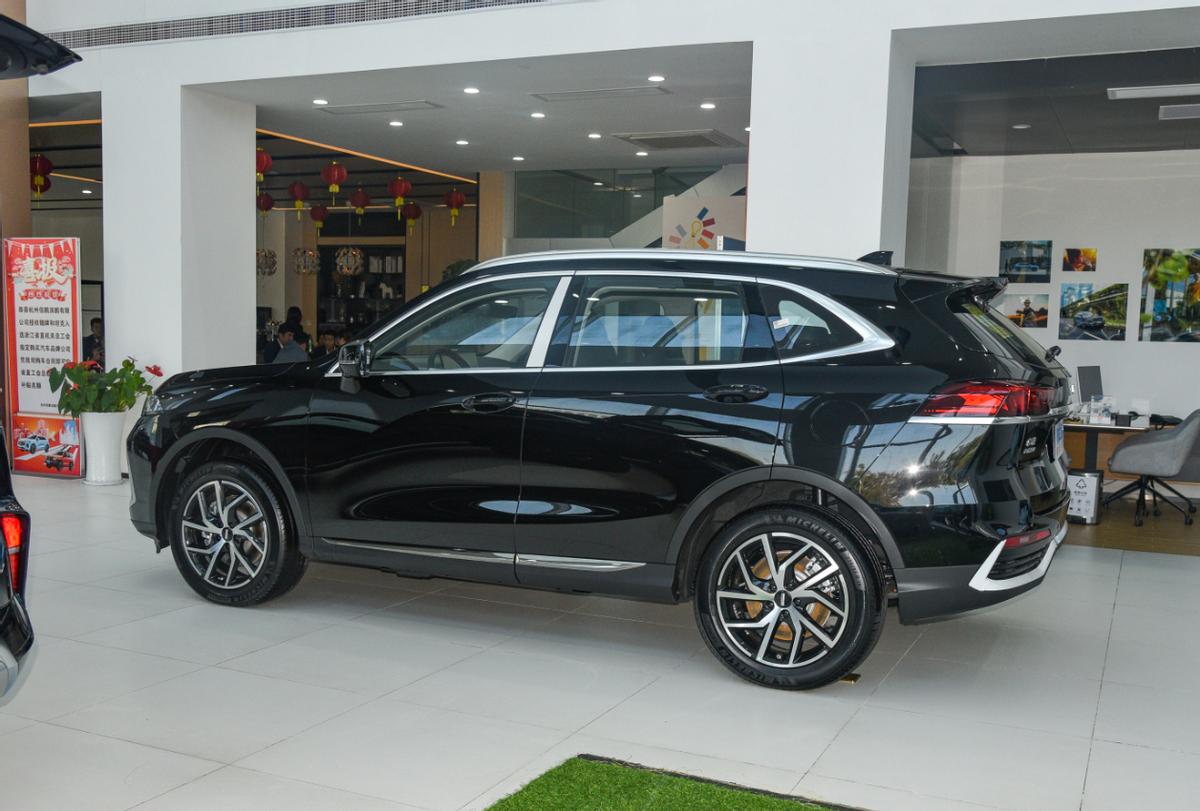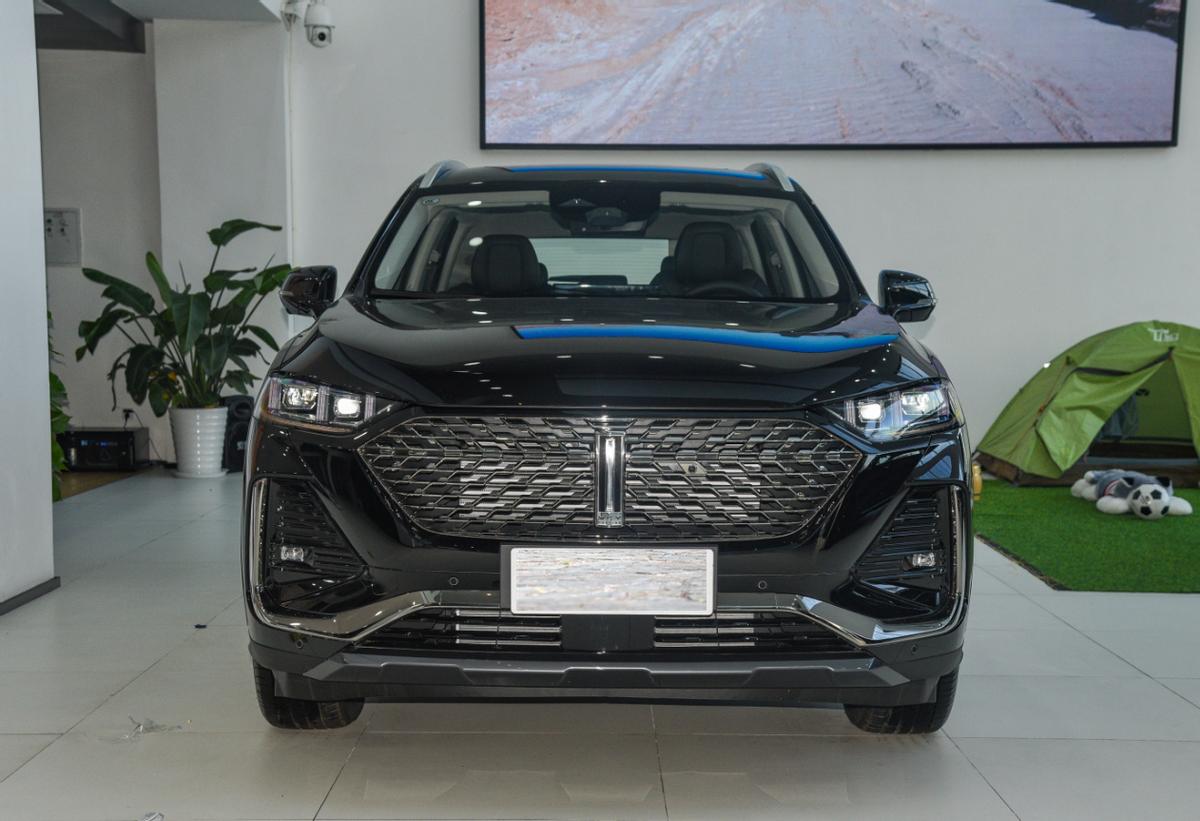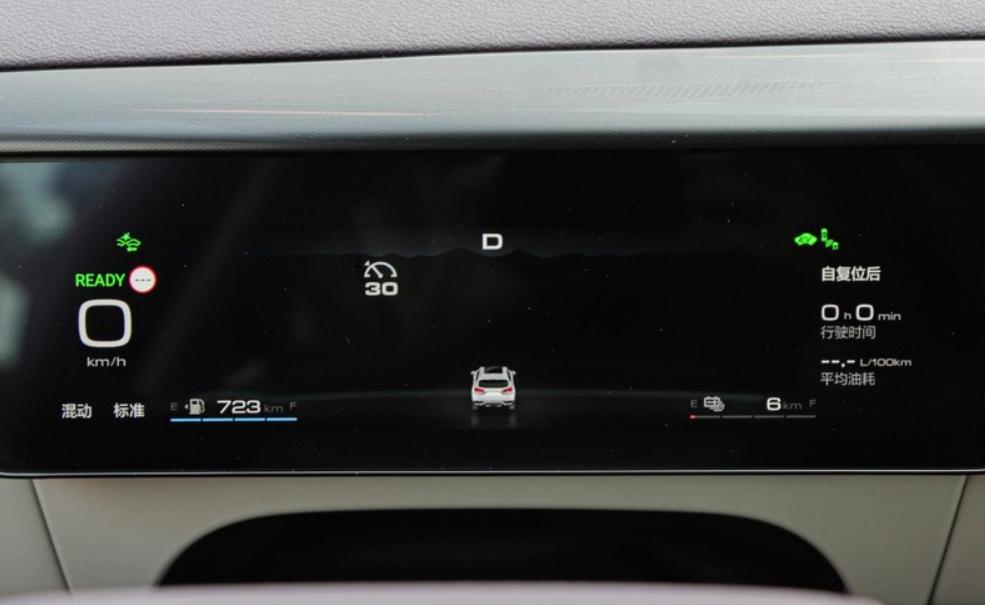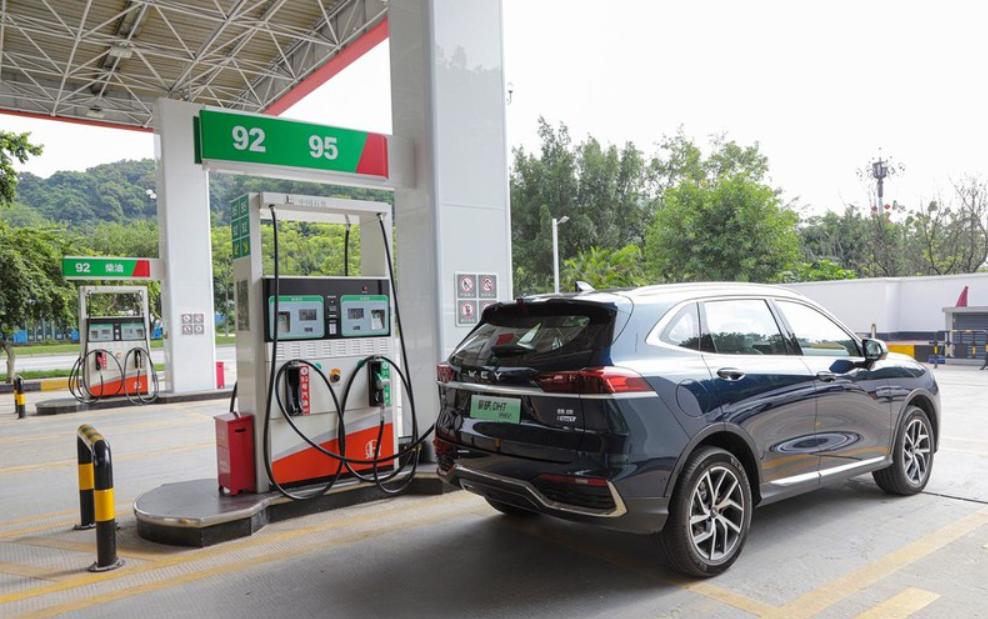Chinese brands seem to have risen in a flash, and various car companies have come up with their best skills. For example, Wey's intelligent dht system is doing extremely well. This system was previously installed on the Mocha, and the results were really good in practice. The latte was only installed at the beginning of the market, and now the phev version has been added, sharpening the knife against the BYD Song max, as for its ability in the end how? And see this article test.

The energy consumption problem is believed to be the most concerned by all the officials. We all want to know how its actual range is, and whether the official has a false mark or not? The official range of the 2WD version we tested is 184km, with a 34kwh ternary lithium battery pack. On my side, I have tested the Latte DHT-PHEV 4WD version, which officially claims 175km, and the actual test data is 180km, no problem at all, so can this 2WD version meet our expectation?
We first put the driving mode on the standard mode, set it to drive only on pure electricity, and then empty the driving range, which was 150km, and drove directly to the coastal road, keeping the driving speed at 90km, which was a great test for the battery consumption. The engine started to intervene when it finally reached 140km. The summary concluded that its actual completion rate was 98.4%. If the Latte DHT-PHEV is really fully charged, then the official 184km is achievable.

What is the fuel consumption of this car if it is in a state of power deficit? We have also conducted a test. Now the apparent range is only 6km, it is not possible to drive in a purely electric way. The fuel consumption was 6.5L per 100km, and the average city fuel consumption was 6.44L, which was similar to the data shown.
But the traffic jam on the coastal road still brought us some regrets, so we decided to go to the highway to test its high speed power loss fuel consumption. We drove 110km from Huangdao District and arrived at the gas station at an average speed of 92km/h. The final performance figure was 5.6L per 100km, which is indeed much lower than the fuel consumption on the coastal road during the congestion period.
Knowing that this is a 2t SUV, we are really satisfied with the fuel consumption.

Of course, the data we tested is for reference only. It is also affected by wind speed, temperature, driver's driving habits, etc. It is impossible to achieve a truly ideal state, and we only used some native methods, there is no way to reach the laboratory as rigorous data. Give the results you can refer to.
The acceleration performance of the plug-in hybrid depends on the battery level of the car. To be fair, we tested the car once at 80% and once at 40% to see how it performed at both high and low battery levels.
For the high battery test, we directly turned on its sport mode and turned off the esp system, and this time we could start our favorite ejection start, which just produced a significant jitter when the car accelerated. The driver judged that because the engine speed did not reach the maximum, the shaking is likely to be caused by the transmission system, I wonder if the manufacturer will improve this problem in the future. The final test result was 6.83 seconds to break 100. For such a huge SUV, this result is dazzling enough.

The test was conducted at 40% power, and we used a rev-holding start. Due to the impact of the car's protection function, the engine could only hold up to about 2,000 rpm, and the final time obtained under 40% power was 7.25 seconds.
Continuing to drive on the road drained all the power, at this point the motor unit was not able to provide any power and it was not possible to make a catapult start, the car was similar to a fuel car. The same rev-holding start was used, and the final time was measured at 8.76 seconds.
So what kind of level is this result compared to its main competitors? The BYD Song Plus is certainly the most suitable if you want to compare it. We only have its official test data in hand, which cannot be used for reference due to the different testing methods, but fortunately we have tested the Honda crv hybrid and the Volkswagen Tango GTE before, so we will directly take the results of these two cars out for reference. Honda's score was 9.95 seconds and VW' s score was 7.90 seconds.
That is to say, if compared with the same class, the latte is a little faster and it is stronger. After our actual test, the pure electric range is also similar to the official calibration. The starting price of this car is 230,000 yuan, while its competitor, BYD Song Plus, starts at only 152,800 yuan. Although the overall strength of the latte is more excellent, it is a very difficult thing to beat the Song Plus.







